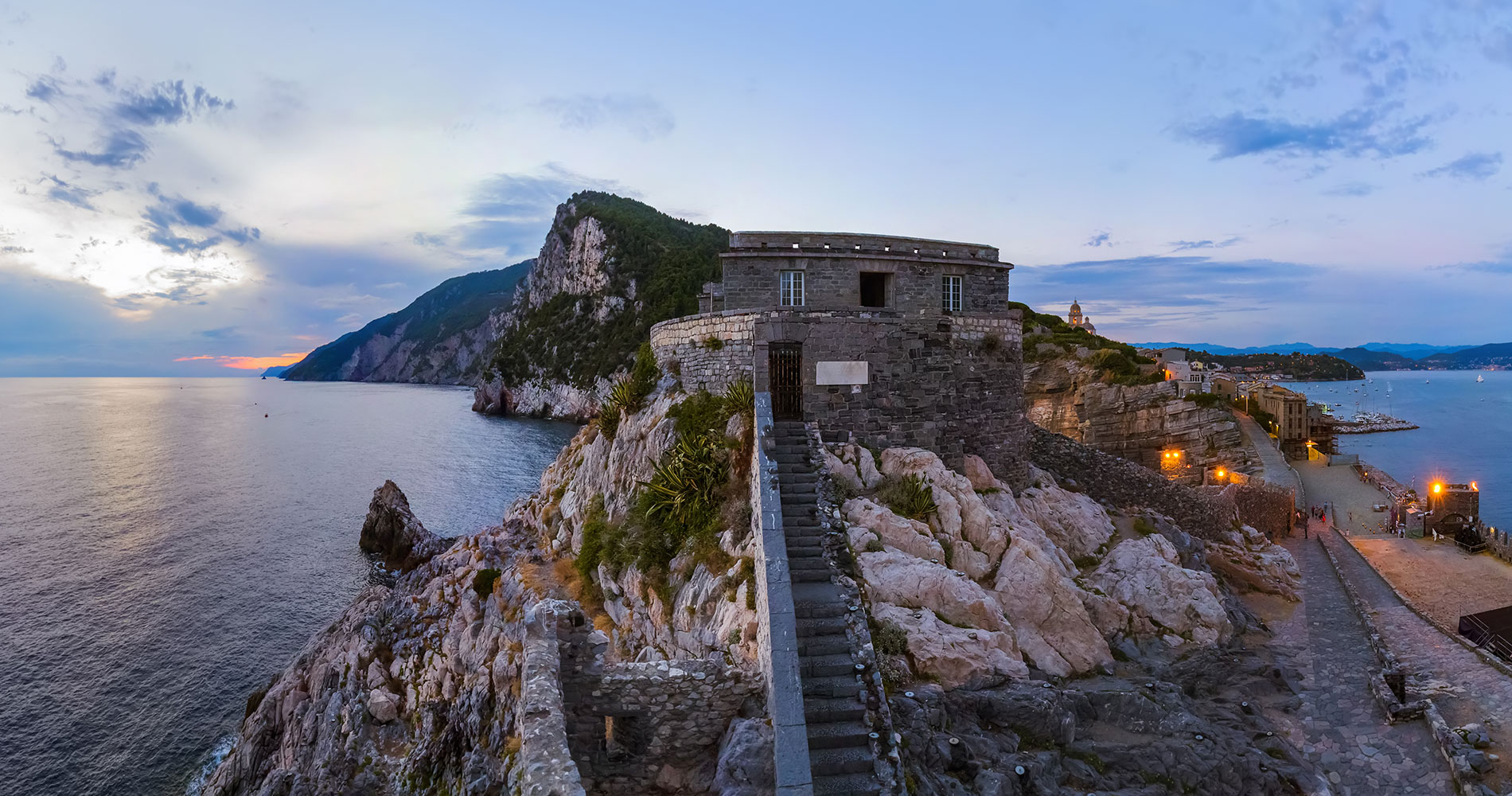It was built from 1887 to 1889 as a low gun battery, 30 meters above sea level and rests on a partially excavated offshoot where it was well camouflaged. Its military story has an interesting curiosity. The fort housed an armored revolving tower to defend the Gulf, powered by hydraulic systems and armed with two formidable cannons built by Krupp, 14 meters long and weighing 121 tons each.
The cannonball weighed 920 kg and, propelled by a launch charge of 330 kg of powder, was capable of piercing a 61 cm iron armor 3.5 kilometers away. Around 1930 the Schenello anti-aircraft gun battery, equipped with 6 guns, was added to the fortress. Wonderfully restored, the Fortress can be visited.
In addition to opening a page of military history, it tells the story of man's activities on the sea, from deep-sea divers to oyster and muscoli in the local dialect. Curiously, just at the time when it arose, around 1887, a special Oyster Farmer Consortium was established. The naturalist Davide Carazzi and the mussel farmer Emanuele Albano, from Taranto, where that sector was well established, were pioneers in mussel farming in the Gulf of La Spezia. Mussel farming still thrives in Porto Venere in the heart of the Cavo, and in Palmaria in the sheltered basin of the Terrizzo.



